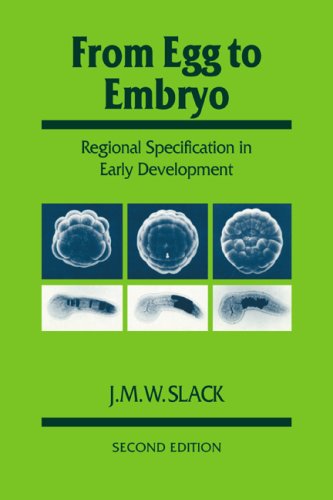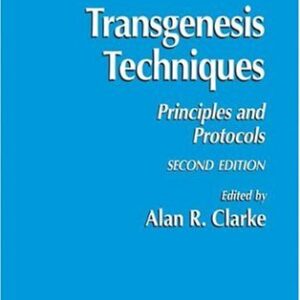The past decade has seen a dramatic increase in our understanding of early animal development. The revised edition of this excellent book describes the results of this revolution and explains in detail how the body plan of an embryo emerges from a newly fertilized egg. The book starts with a critical discussion of embryological concepts, and with simple mathematics describes cell states, morphogen gradients, and threshold responses. The experimental evidence of the mechanisms of regional specification in vertebrates, insects, and selected invertebrates, namely frogs (Xenopus), mice, chicks, fruitflies (Drosophila), mollusks, ringed worms, sea squirts, and nematode worms (Caenorhabditis), is then discussed. The progress with Drosophila has been particularly impressive, and there is an entire chapter devoted to it that provides a clear guide to the subject and includes a new table of developmentally important genes. Throughout, the emphasis is on conceptual clarity and unity, and the book brings together mathematical models, embryological experiments, and molecular biology in a single comprehensible and coherent account.






Reviews
There are no reviews yet.